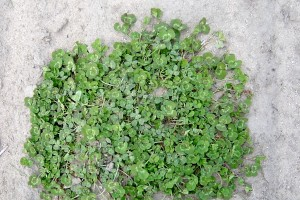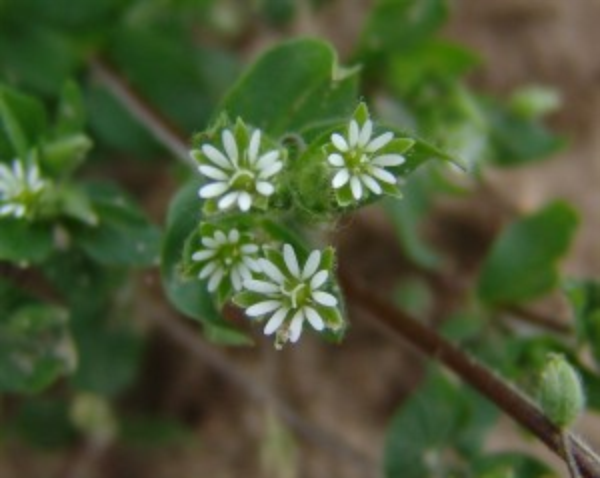
Mouseear chickweed – Cerastium fontanum ssp. vulgare
Cerastium fontanum ssp. vulgare (Hartman) Greuter & Burdet
Caryophyllaceae (Pink family)
MI Status
Non-native
Life cycle
Patch-forming perennial.
Leaves
Opposite, dark green, oval to spatula-shaped leaves with pointed tips and smooth margins are densely hairy and stalkless.
Stems
Prostrate, spreading stems are capable of rooting at the nodes to form dense patches. Stems are slender and very finely hairy with swollen nodes.
Flowers and fruit
Small, white flowers have five petals. Each petal is notched deeply to resemble a pair of petals. Green, hairy sepals surround petals. Fruit are slightly curved, cylinder-shaped capsules that contain many tiny, brown seeds.
Reproduction
Seeds and creeping stems.
Similar weeds
Common chickweed
[Stellaria media (L.) Vill.]
Differs by having an annual habit with hairless leaves and light green foliage.
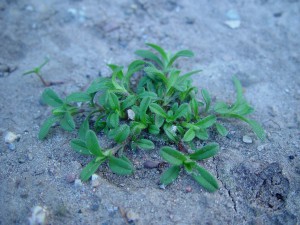
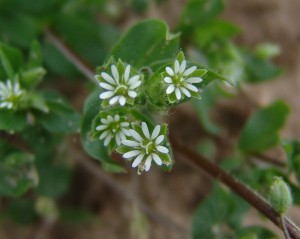
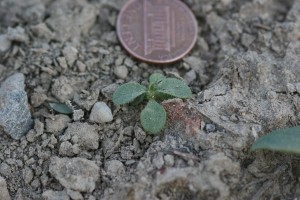
Other Documents in this Series
You Might Also Be Interested In
Accessibility Questions:
For questions about accessibility and/or if you need additional accommodations for a specific document, please send an email to ANR Communications & Marketing at anrcommunications@anr.msu.edu.



 Print
Print Email
Email

